Identifying and root stimulation
scandi
18 years ago
Related Stories
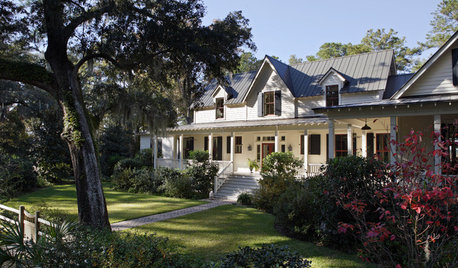
ARCHITECTURERoots of Style: American Farmhouses Pay Tribute to Regional Traditions
With simple forms and details that honor their locales, farmhouse architecture transcends time
Full Story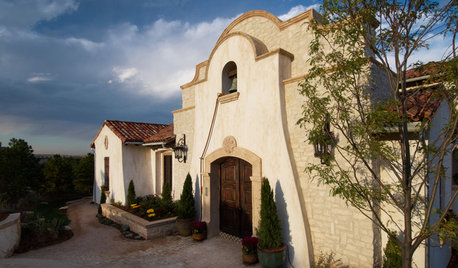
ARCHITECTURERoots of Style: Mission
Spanish colonial missions inspired a style of architecture still popular in the United States
Full Story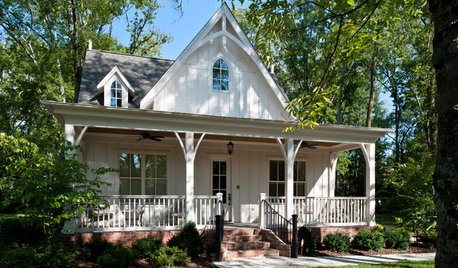
ARCHITECTURERoots of Style: Complex, Romantic Gothic Revival
With its medieval heritage, Gothic design makes a lasting impression in art and architecture
Full Story
ARCHITECTURERoots of Style: Art Deco and Art Moderne
Get to know the similarities and differences between these architectural styles of the 1920s and 1930s
Full Story
ARCHITECTURERoots of Style: Where Did Your House Get Its Look?
Explore the role of architectural fashions in current designs through 5 home styles that bridge past and present
Full Story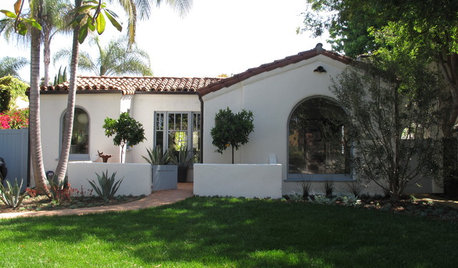
ARCHITECTURERoots of Style: Many Cultures Make Their Marks on Mediterranean Design
If you live in California, Florida or certain other parts of the U.S., your architecture may show distinct cultural influences
Full Story
GARDENING GUIDESThe Beauty of Bare-Root Plants
Plant dormant trees and shrubs in fall using the easy, affordable bare-root method and enjoy beautiful results in spring
Full Story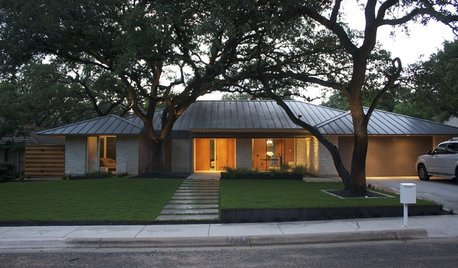
ARCHITECTURERoots of Style: Ranch Architecture Roams Across the U.S.
Great remodeling potential and generously spaced sites make ranch homes ever popular. Is one of the many variations right for you?
Full Story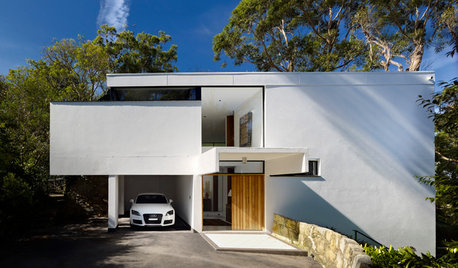
MODERN ARCHITECTURERoots of Style: International Style Celebrates Pure Form
Using technology and materials of the time, International style is always current. See its expression in these 16 homes around the world
Full Story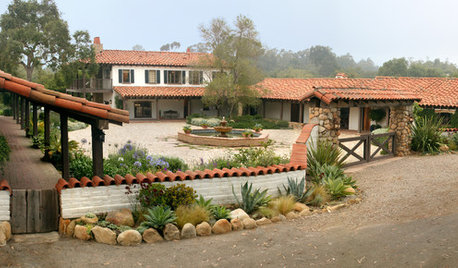
ARCHITECTURERoots of Style: Spanish Colonial
Authentic examples are rare and quickly disappearing, but its widespread influence continues to inspire modern interpretations
Full StoryMore Discussions






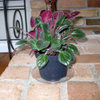
greenelbows1
jon_d
Related Professionals
Harvey Landscape Architects & Landscape Designers · Westwood Landscape Contractors · Wakefield Landscape Contractors · Bowie Landscape Contractors · Dinuba Landscape Contractors · Hilton Head Island Landscape Contractors · North Lauderdale Landscape Contractors · Paso Robles Landscape Contractors · Richmond Landscape Contractors · Rockville Landscape Contractors · Teaneck Landscape Contractors · Amesbury Siding & Exteriors · Fort Worth Siding & Exteriors · Four Corners Siding & Exteriors · Mitchellville Siding & Exteriors